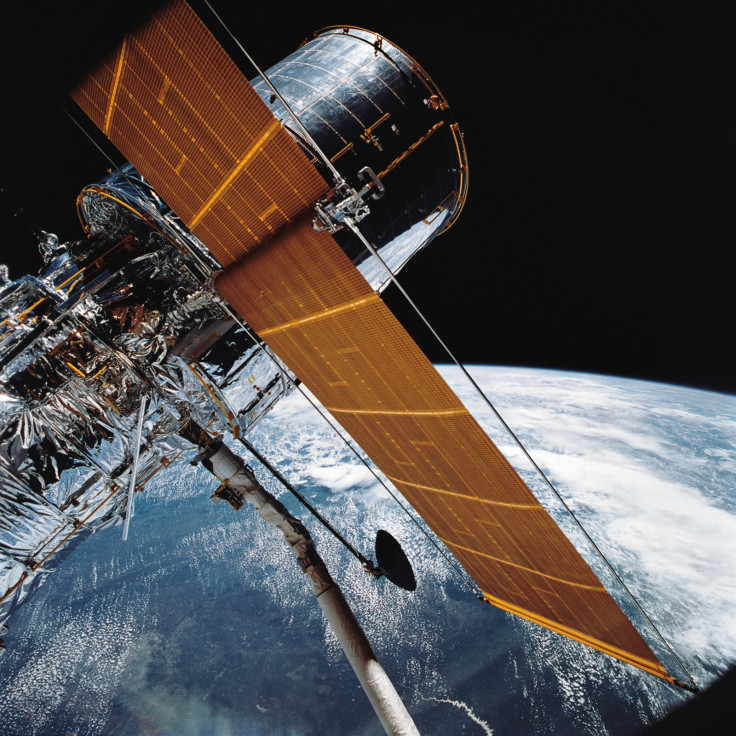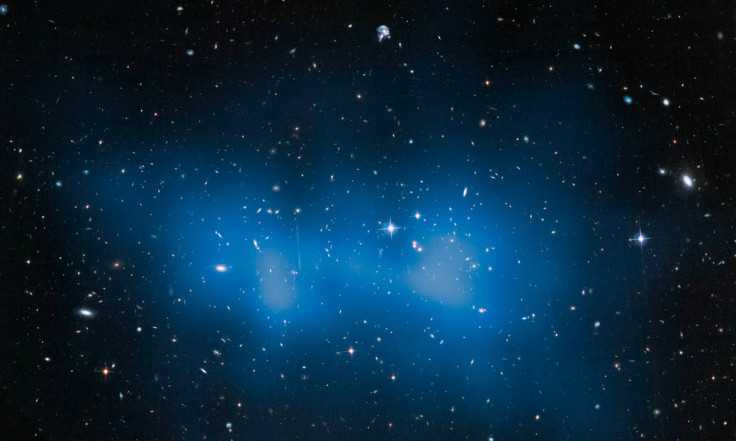Hubble at 25: Successor with 25 times sharper vision could find the aliens

Hubble's successor should be a powerful telescope that can answer the biggest puzzle facing mankind today – are we alone in the universe?
The powerful telescope can do this by looking for biological signatures, supporting many projects just like the Hubble Space Telescope (HST) has done for 25 years.
That is the vision of Mario Livio, an astrophysicist based at the Space Telescope Science Institute in Baltimore, which operates Hubble's science programme.
Hubble has taught us that to answer the most intriguing questions in astrophysics, we must think big and put scientific ambition ahead of budgetary concerns, he says.
Planned next generation projects like the Transiting Exoplanet Survey Satellite (TESS), James Webb Space Telescope (JWST) and the Wide Field Infrared Survey Telescope–Astrophysics Focused Telescope Assets (WFIRST/AFTA) will also be scanning the universe for molecular signatures.
However, Livio believes a space telescope with a primary mirror 39 feet wide providing a vision 25 times sharper than that of Hubble would be able to image a planet next to its star and detect spectrally the presence of oxygen and other biosignatures in its atmosphere.
The main mirrors of Hubble, WFIRST/AFTA and JWST are 7.9 feet, 7.9 feet and 21.3 feet wide, respectively.
"A large sample of planets — around 50 — would have to be tested," he wrote in a Nature commentary. "Calculations show, for example, that if no biosignatures are detected in more than about three dozen Earth analogues, the probability of remotely detectable extrasolar life in our galactic neighborhood is less than about 10 percent."
Molecular signatures of life
The HST had determined for the first time the chemical composition of the atmospheres of some giant extrasolar planets, revealing spectral signatures of sodium, water and methane.
A larger telescope could identify vital signatures of life processes by detecting oxygen and chlorophyll, believes Livio.
By simultaneously increasing investment in the Search for Extraterrestrial Intelligence (Seti), Livio believes the search for aliens could be accelerated to scan about 10 million stars in a decade for signals indicative of intelligent life.
His thoughts echo those of MIT astronomers Sara Seager and William Bain, who wrote a review article last month in the journal Science Advances, seeking a telescope with a wide mirror to accelerate the search for aliens.
Scientists have discovered more than 1,800 exoplanets, very different from those in our solar system.
The MIT duo spoke of how the surprising discovery was that the most common type of planet in our galaxy are those with sizes between those of Earth and Neptune, reinforcing the possibility that alien life may be quite different from life on Earth.
Life that is really alien
These need not be based on oxygen and water. The search for alien life will have to ask different questions when encountering atmospheres dominated by molecular hydrogen instead of nitrogen and oxygen.
TESS could seek rocky planets and JWST probe the atmospheres. Ground-based telescopes can boost the search, but an instrument that can potentially run through many exoplanet atmospheres could provide the crucial numbers that will allow astronomers to do some analysis.
Should many planets with unusual atmospheres be found, it could indicate that life beyond Earth exists.
That is what a Hubble successor could do.
A team of researchers led by Pennsylvania State University failed to find any signs of highly advanced technological civilisations in 100,000 nearby large galaxies scanned for signs of thermal heat.
The finding has also set off discussions on whether perceptions of intelligent life are all wrong.
The study looked for heat based on assumption that advanced civilisations would use up a lot of energy.
Perhaps advanced civilisations are not wasteful, and have learnt to keep greed out? Or perhaps life is entirely different from what we are familiar with.
A proud 25 years
Hubble, a joint project of Nasa and the European Space Agency (ESA), blasted off aboard shuttle Discovery into space and orbit on 24 April, 1990.
Perched at an altitude of about 560km, well above the atmosphere, HST can resolve objects 0.07 arc seconds apart — akin to reading the year on a dime from 3km away.
It has answered the main questions it was tasked with – on how fast the Universe is expanding, to how galaxies evolve and probed the structure of diffuse gas clouds lying between galaxies.
HST also gave the first confirmation of dark energy in 1998 from the accelerated cosmic expansion and also proved that almost all galaxies have at their heart a supermassive black hole.

© Copyright IBTimes 2025. All rights reserved.





















